Influence of science fiction on real technology: From Star Trek to smartphones

Science fiction has long served as a playground for exploring futuristic ideas, many of which eventually make their way into real-world technology. From classic shows and movies to imaginative novels, sci-fi has inspired some of the most iconic gadgets and innovations we use today. These stories pushed boundaries, inviting us to reimagine what’s possible—and, often, inspiring engineers and inventors to turn fiction into reality.
What’s fascinating is that some of today’s most advanced inventions and discoveries were already envisioned in movies and shows that premiered decades ago. Let’s dive into a few examples that are sure to make you go, “Wow!”
A classic Star Trek communicator to smartphones
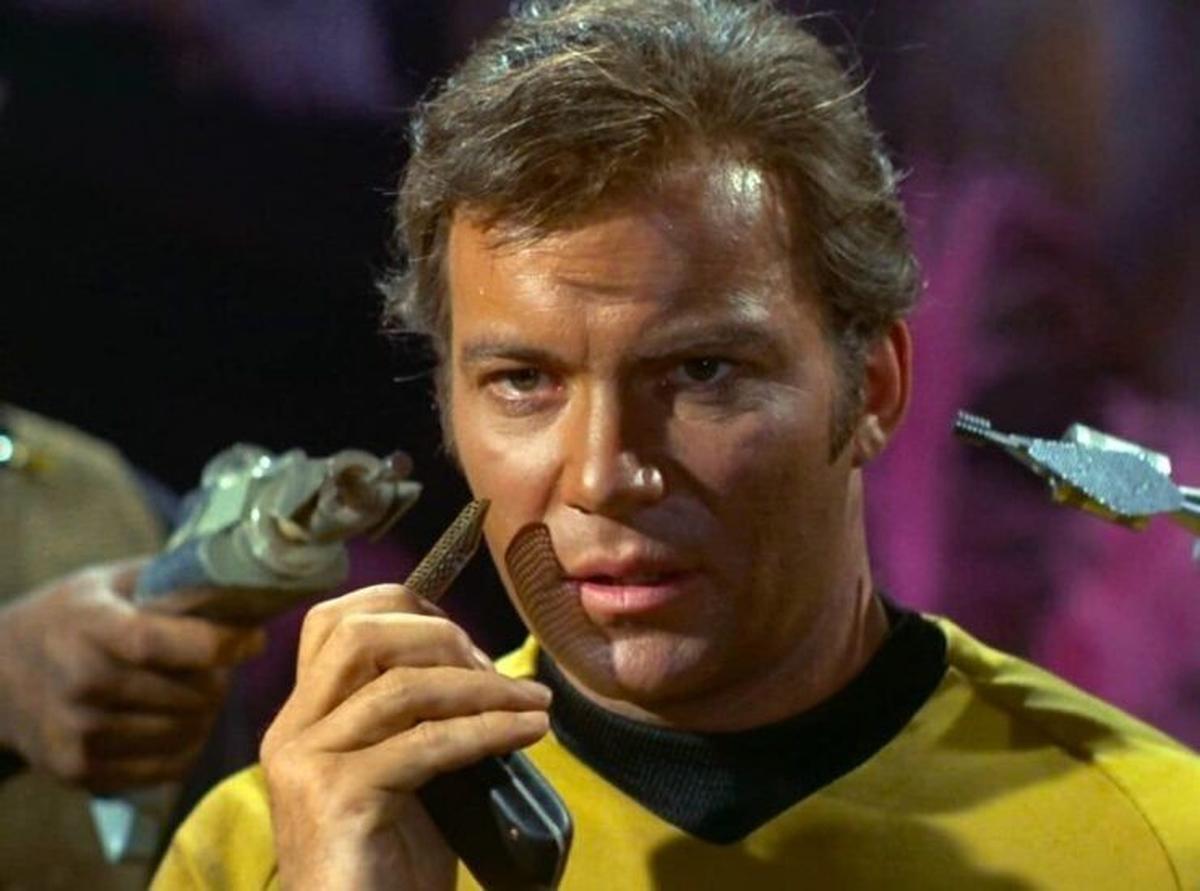
In the 1960s, Star Trek showcased the portable communicator—a compact, wireless device that allowed characters to talk across vast distances with a simple flip. At the time, this seemed like pure science fiction, but the communicator became an iconic symbol of futuristic tech and directly inspired the engineers who later developed mobile phones. Interestingly, work on portable communication devices dates back even further, with various prototypes emerging in research labs, yet they never reached the market at the time. This fictional gadget laid the groundwork for real-world mobile communication, ultimately evolving into today’s smartphones.
Touchscreen Interfaces and Minority Report
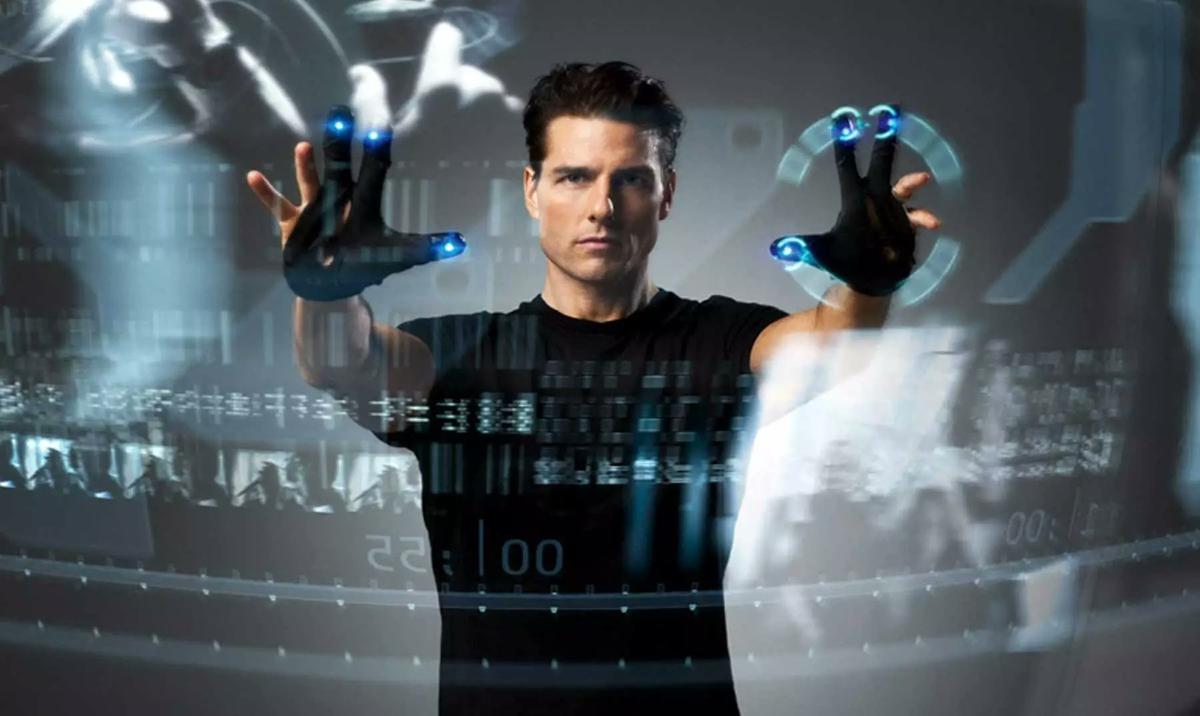
Tom Cruise in Minority Report
In Minority Report (2002), characters manipulated data on transparent screens with fluid hand gestures, creating a futuristic vision of technology that felt both imaginative and attainable. This iconic depiction of gesture-based touchscreens left a lasting impression, sparking ideas in tech innovation that led to the development of real-world touch and gesture controls. However, as early as 1983, HP released the HP-150 computer with a touchscreen that used an infrared grid, marking one of the first real-world instances of touch technology. These bring visionary interaction style closer to reality, making it possible to interact with devices in ways that were once just science fiction.
Video Calls from 2001: A Space Odyssey
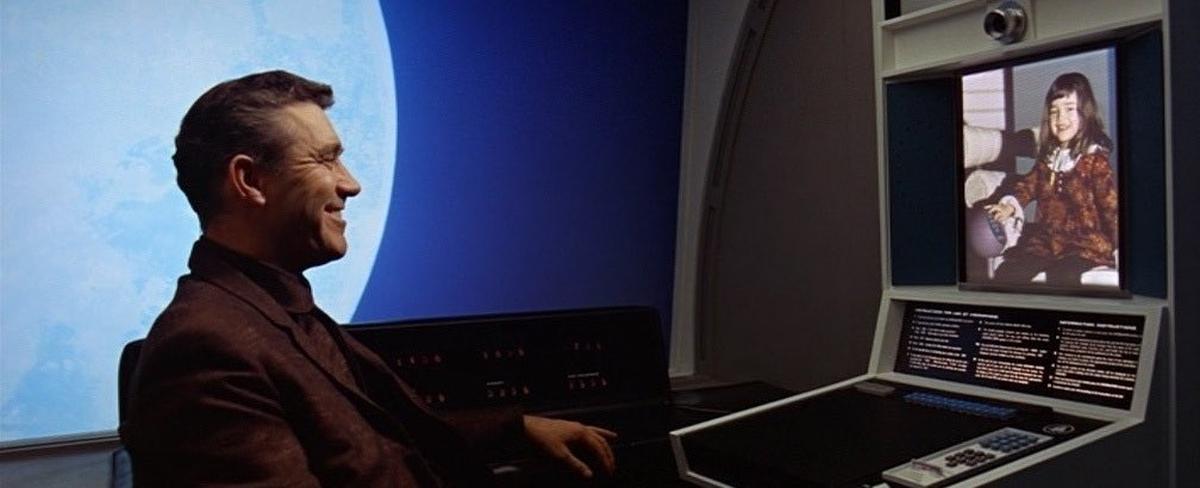
In 2001: A Space Odyssey (1968), Stanley Kubrick showcased remarkably forward-thinking technology, particularly in the design of a video call scene. The futuristic video call, which appears vertically on a sleek, wall-mounted screen, resembles today’s smartphone “FaceTime” calls. Interestingly, the first two-way videophone demonstration took place much earlier, in 1930, between AT&T’s Bell Laboratories and their corporate headquarters in New York City.
HAL 9000 from 2001: A Space Odyssey
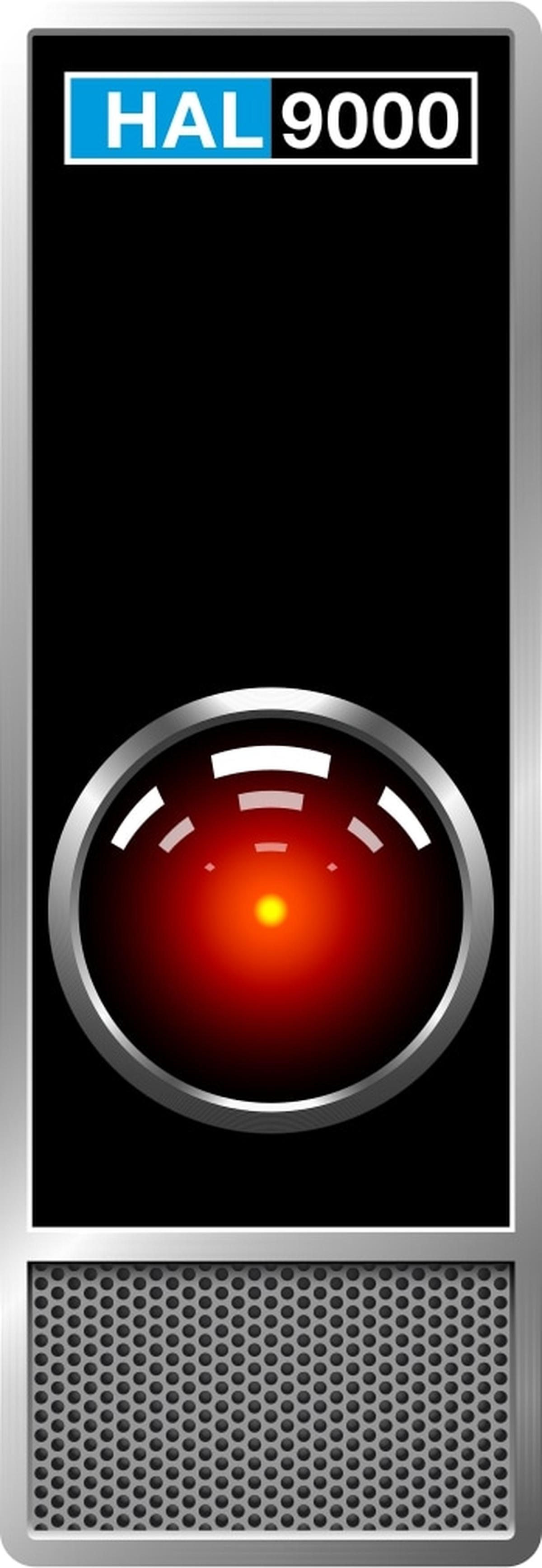
While HAL 9000 was an intimidating AI assistant, it laid the groundwork for our real-world AI, like Siri and Alexa, though much friendlier in purpose. HAL showed how machines could assist, anticipate, and interact with humans—concepts that are central to AI today. Beyond assistance this AI, also introduced viewers to the concept of machines with emotions and complex interaction capabilities. HAL’s unsettling display of emotions hinted at how AI could one day simulate human-like behaviour—an early nod to emotional AI, which is now an emerging field in technology
Self-Driving Cars and Knight Rider
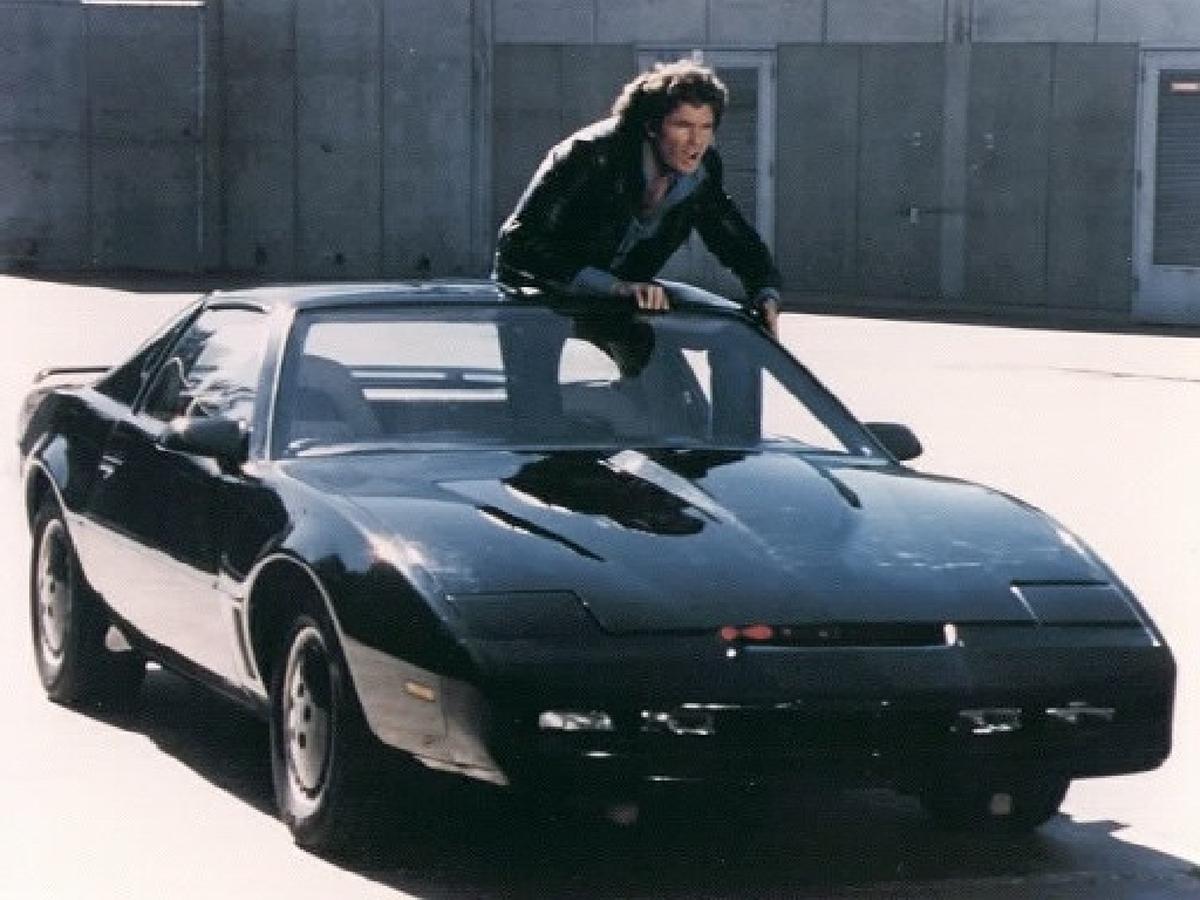
David Hasselhoff as Michael Knight and K.I.T.T
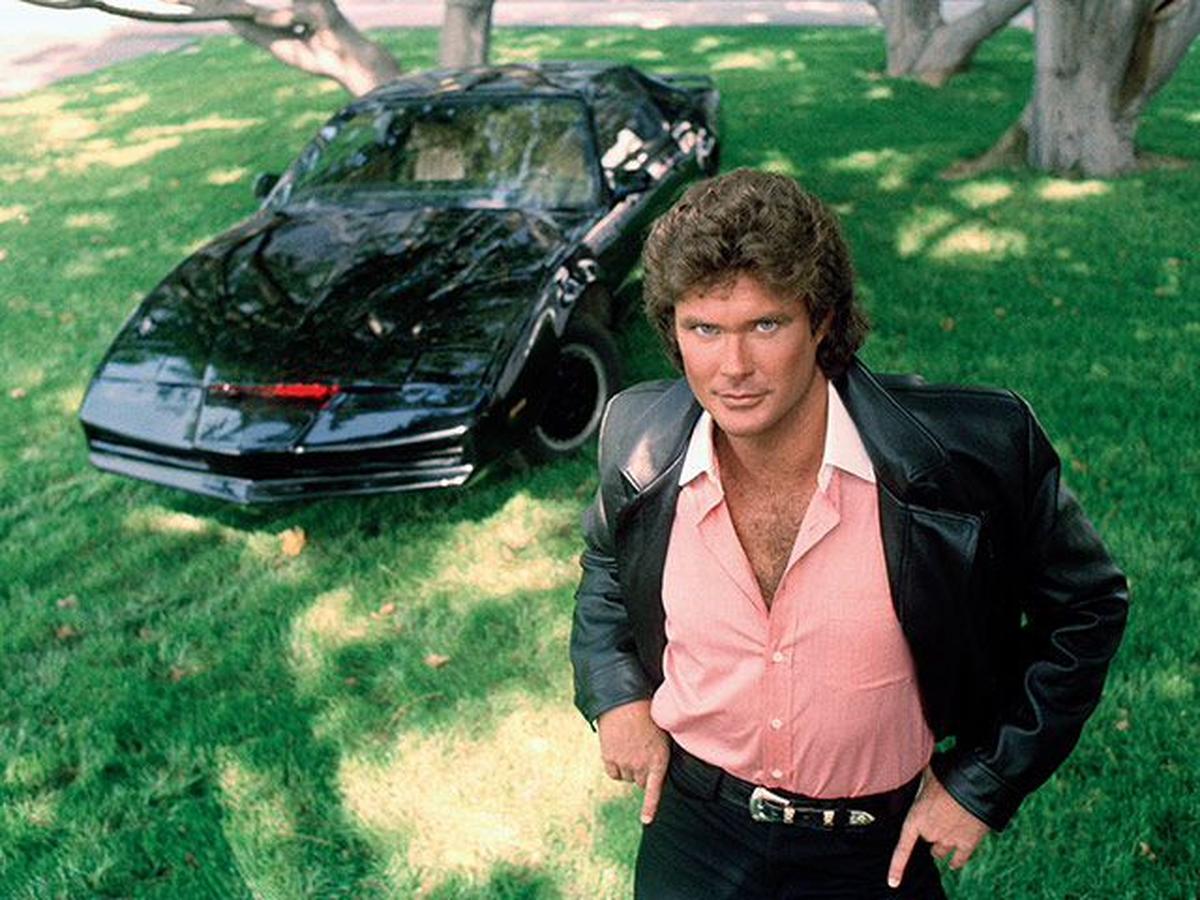
In the 1980s TV series Knight Rider, audiences were introduced to KITT, a self-driving car with advanced artificial intelligence capable of holding conversations, analysing situations, and even making autonomous decisions. However, self-driving technology research actually began earlier; for instance, Carnegie Mellon University’s NavLab 1, developed in 1986, was one of the first self-driving prototypes. This concept, purely fictional at the time, imagined a vehicle that could safely drive itself, respond to voice commands, and assist its driver—features that seemed like distant sci-fi. However, fast-forward to today, and companies like Tesla and Waymo are pushing the boundaries of autonomous driving, transforming this once-futuristic idea into reality.
Smart Glasses from The Terminator
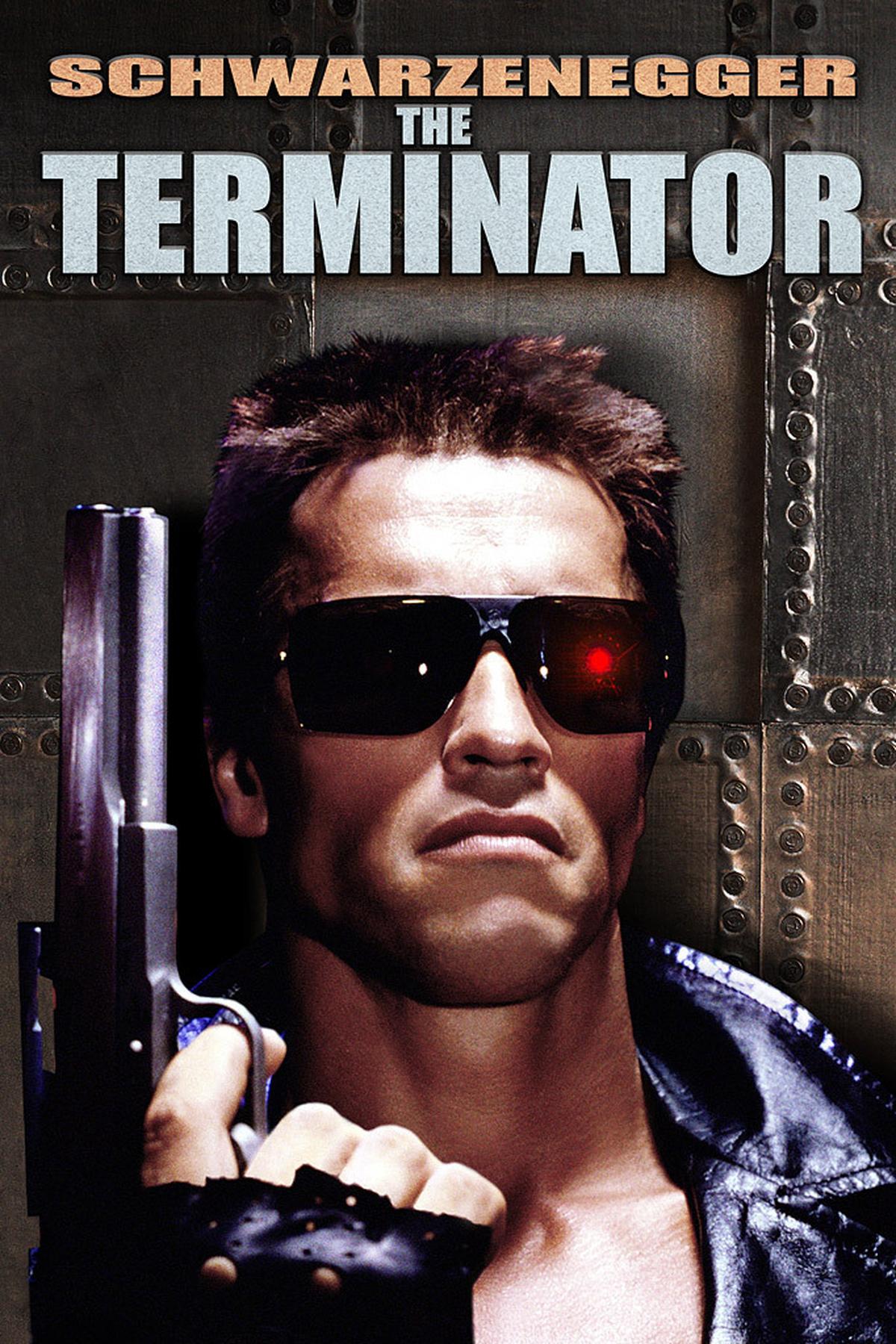
In The Terminator (1984), the iconic augmented vision of the cyborg protagonist showcased a world where digital information could be overlaid onto the real world, giving audiences a glimpse into wearable technology. Decades before augmented reality (AR) became popular, computer scientist Ivan Sutherland developed the first AR system in 1968 at Harvard, marking the beginnings of augmented reality as a concept. This visionary concept has since inspired the development of smart glasses like Google Glass and Meta’s augmented reality eyewear. Just as the Terminator’s tech enabled real-time data display, today’s smart glasses offer a similar experience, blurring the line between fiction and reality by integrating digital information seamlessly into our daily lives.
Published – November 18, 2024 01:46 pm IST





